
Papa Johns' second-quarter results “exceeded expectations” as the pizza giant returned to sales growth in North America and achieved strong sales growth internationally.
For the quarter to 29 June 2025, Papa Johns’ total system-wide sales increased by 4% to $1.26bn (£937.8m) and by 7% to $328m (£243.9m) in its international markets.
Total revenues rose by $21.3m (£15.8m) to $529.2m (£393.8m), which it said was primarily driven by higher volumes and pricing.
“Papa Johns' second quarter results exceeded our expectations and are evidence that our strategy is working,” said Papa Johns president and CEO Todd Penegor.
“We returned to comparable sales growth in North America and achieved strong sales growth internationally, driven by transaction gains as we win more customer visits with a focus on our core pizza business.”
The pizza chain opened 45 new restaurants over the quarter, with 19 in North America and 26 in its international markets.
However, adjusted EBITDA decreased $6.3m (£4.6m) to $52.6m (£39.1m), which it attributed to higher revenues offset by investments in marketing and the company’s loyalty programme, as well as higher operating costs at company-owned restaurants.
Despite this, Penegor added that Papa Johns' progress in the second quarter "reinforces my confidence that we are on the right track to deliver significant, sustainable profitable growth and increased value for all Papa Johns stakeholders”.
Looking ahead to the full year, Papa Johns expects system sales to be up by 2% to 5% and adjusted EBITDA of $200m (£148.8m) to $220m (£163.6m).
It also expects to open 85 to 115 restaurants in North America and between 180 to 200 in its international markets.
It comes as profits at rival pizza chains Domino’s and Pizza Hut have suffered this year. For the first half of 2025, Domino’s experienced a 14.8% decline in pre-tax profit to £43.7m, as revenue rose by just 1.4% to £331.5m.
Meanwhile, Pizza Hut’s profits declined by 15% to $80m (£60.2m) in the second quarter amid growing competition in the sector and as consumer spending remained weak, particularly in the US market.



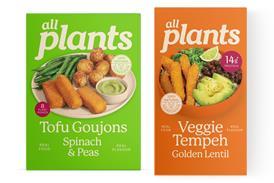

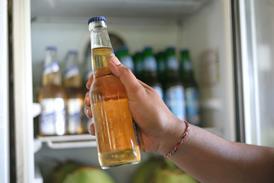

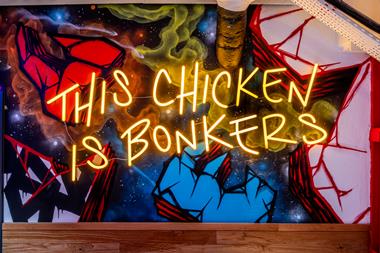
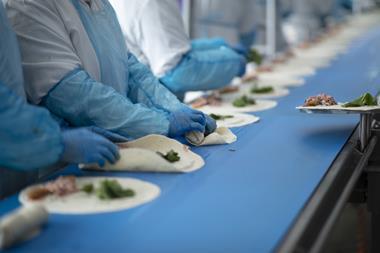







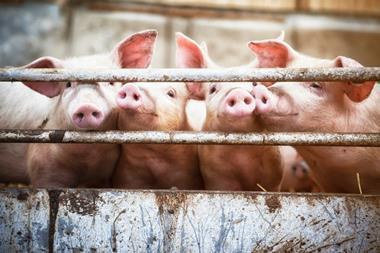

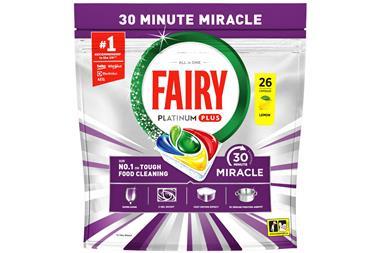
No comments yet